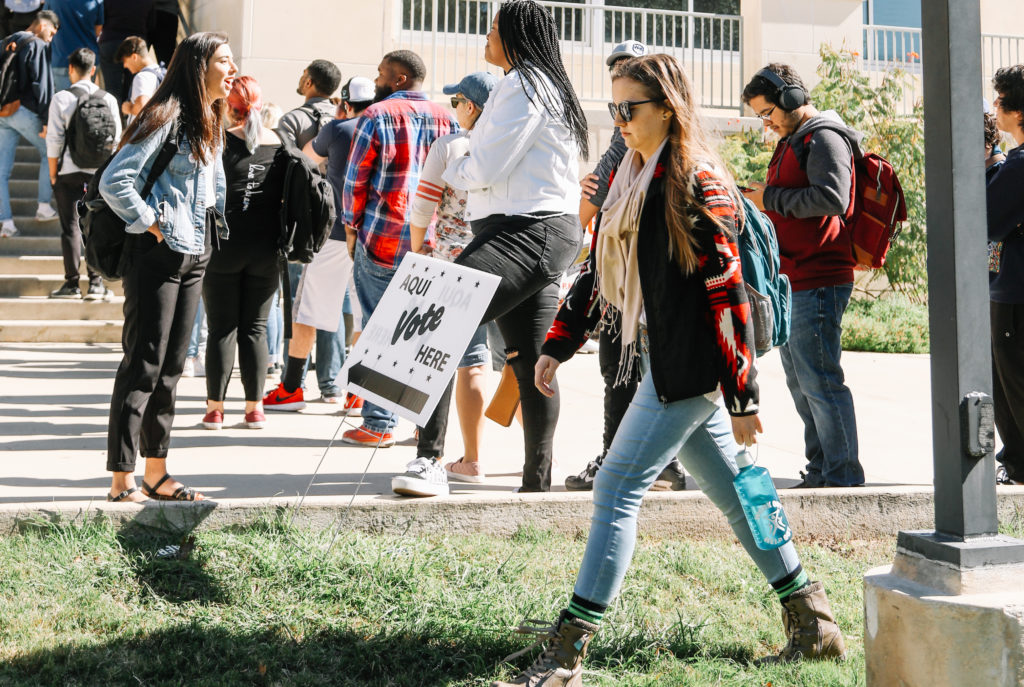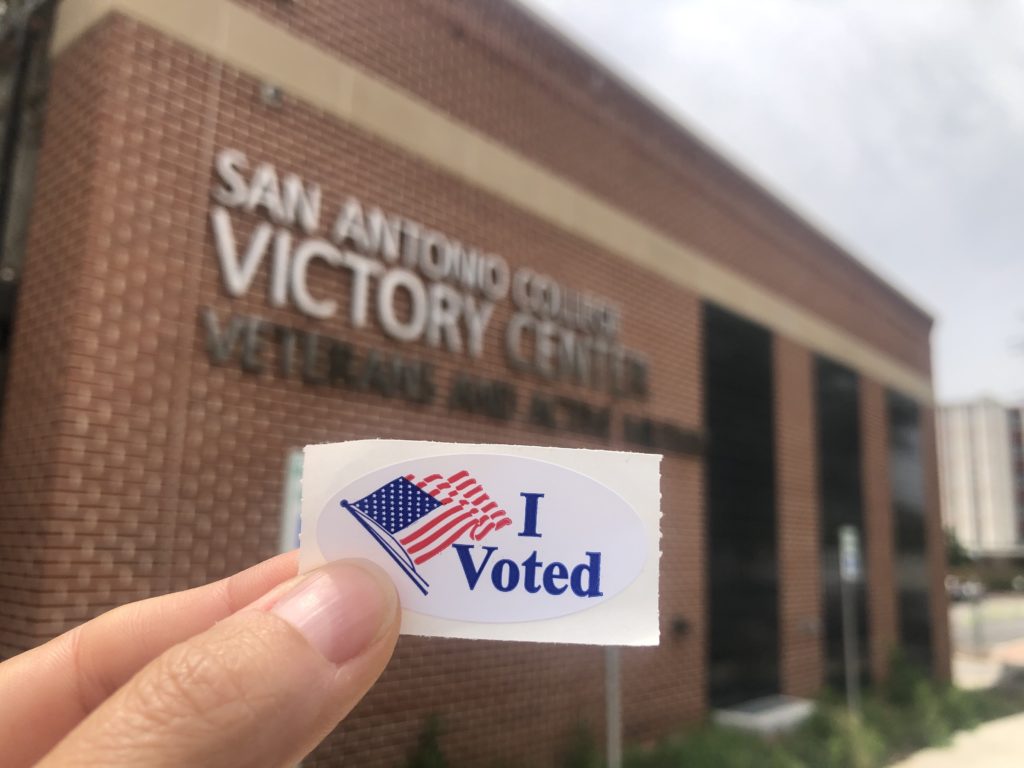Saturday, May 1 marked Election Day, and while the final report is not out, the Unofficial Report from Bexar County gives us much to celebrate and discuss.
For the last decade, SA2020 has tracked municipal voter turnout—specifically, how many San Antonians turned out to vote for Council/Mayor/School Board and any propositions/amendments/charters. San Antonians first identified this as a priority during the initial community visioning process that took us through 2020 and reaffirmed it during the most recent community visioning process that takes us through 2030.
In fact, San Antonians’ desired result for community and civic engagement in 2030 reads: “Our entire community takes responsibility for our collective well-being. San Antonio fosters leaders across the community who collaborate to reach shared goals. Institutions across sectors value community-based knowledge and build trusted relationships.”
Some takeaways from this past Saturday’s election:
1. Voter turnout this election broke records.
The number of Bexar County voters increased by 50% over 2019. Bexar County cracked 100,000 early voters (101,241 early voters to be specific) for the first time in at least 20 years (according to Bexar County Elections Department). Turnout grew from 11.5% to 17.3% over two years.
In 2011, Bexar County voter turnout in a May municipal election was 7.1%, and in 2021, we went just over 17%. In one decade, over six elections, we saw a 215% increase in the number of ballots cast.
For just San Antonio voters, that increase is closer to 244% (with unofficial voting numbers).
2. Every single City Council District saw growth in turnout over 2019.
City Council District 2 on San Antonio’s eastside, home to the highest number of Black San Antonians, saw the highest growth in voter turnout over 2019 of any City Council District at 58%.
3. Proposition B drove civic engagement.
20,000 people signed a petition led by Fix SAPD to put Proposition B on the ballot and public safety accountability into the hands of voters. 73,306 people ultimately voted for Proposition B, which fell short of passing by just 3,475 votes. 150,087 people cast their vote on police accountability and collective bargaining, while 148,769 voted for Mayor.

We absolutely have work to do if we want to continue to drive institutional accountability, and one way to do that is by voting in every election. We also must celebrate the serious work that has been done in our community to get out the vote, and the very real movement that has occurred to eliminate barriers, including Bexar County Elections’ move in 2019 to allow voters to vote at any Election Day voting center and VIA Metropolitan Transit’s continued commitment to offering free rides to the polls on Election Day.
On Saturday, June 5, five City Council seats are up for a runoff. These five districts make up approximately 48% of San Antonio’s total population (Source: 2018 District Approximation, US Census Bureau, American Community Survey, 5-year estimates).
| City Council District 1 | Roberto Treviño | Mario Bravo |
| City Council District 2 | Jalen McKee-Rodriguez | Jada Andrews-Sullivan |
| City Council District 3 | Phyllis Viagran | Tomas Uresti |
| City Council District 5 | Teri Castillo | Rudy Lopez |
| City Council District 9 | John Courage | Patrick Von Dohlen |
As a reminder, you can vote in the runoff even if you didn’t vote in the May 1 election. SA2020 has updated ILoveSanAntonio.org (MeEncantaSanAntonio.org in Spanish) ahead of the runoff, and we’ll continue adding information and resources as they’re available. Mark your calendars and make your plan. Now the question is: what kind of records can we break in the runoff?

